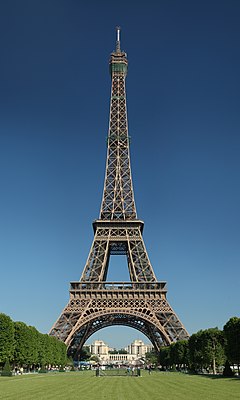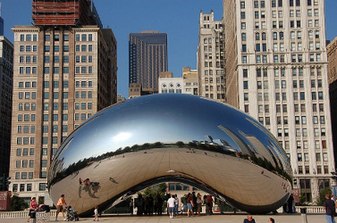Last year while visiting family, in a casual conversation with my brother, a topic came up regarding the principles that we live by. I had not thought much about it in a way I could articulate it. I remember mentioning a couple - one about relationships and another one on integrity. The more I thought about it, and with some of the recent experiences in my life, I had a desire to write them down, so that I could get others' views on these. Again, I did not want to make any motherhood statements, or be preachy, but wanted to write them down casually with anecdotes that people could relate to. Here is the first one:
* * *
Notes from the Key of Life: "Mah, Who am I to Judge?"
In the early days of blogs, I followed Scott Adams, and there was this one blog post from 2007 that left a lasting impression on me. In
this pos
t
Adams tells us that sometimes to test his point of view on a particular subject, he would take the opposite side and try to defend it. He illustrates this by making his point as to why it was a
good idea for US to attack Iraq – whereas common sense told us that the Iraq invasion was a blunder.
It showed me how 180 degree thinking can enrich your point of view, and I tried to incorporate this in my professional life. In the early noughties, Times of India had a similar column on the edit page - not sure whether they still do this – where Times’ view and a counter view of a specific news item was given side by side. It was very interesting to see different points of view in one go. But at times, the counter view was so laboured that you could say that it was being
done for the sake of it. But by and large it was a good exercise, along the lines of what Scott Adams did.
Over the last few years, I have tried to incorporate this into my personal life as well, especially when you don’t agree with someone’s point of view and the situation can eventually end in an argument or being sour. In such scenarios it is more like “putting yourself in the other person’s shoes” view, which would help us calm down very quickly and focus on the bigger picture.
Many people consider Pope Francis’ stance on homosexuality as a defining moment in the history of Catholic Church, when in an impromptu press conference Pope made this remark about gays: “Who am I to judge?” It actually did not change any of Church’s stances against homosexuality, but it was the gesture that mattered the most. I had already framed my point of view on homosexuality much before this remark from the Pope (I support LGBTI, but not same-sex parenthood), but it gave me a whole new perspective on humility. I thought about this further after reading a
cover story on Pope Francis where Mark Binelli sheds more light into Pope’s now famous remark. In that press conference there was a lead up conversation, and it was in the context of individual gay people who are well-intentioned and seeking God, that the Pope remarked “Who am I to judge?” Apparently, what he actually said was “
Mah, Who am I to judge?” Binelli writes:
In Italian, mah is an interjection with no exact English parallel, sort of the verbal equivalent of an emphatic shrug. My dad's use of mah most often precedes his resignedly pouring another splash of grappa into his coffee. The closest translation I can come up with is "Look, who the hell knows?"
Who the hell knows? What if I am wrong? Such an admission that even a person like the Pope is not infallible inspired me to put a similar lens on my views, even though at times I might be absolutely certain that I am right.
In Return: Just a Book is a 2016 documentary based on the bestselling Malayalam novel
Oru Sankeerthanam Pole (Like a Psalm), which is a fictitious account of the life of Fyodor Dostoevsky and his relationship with his stenographer Anna. I read a review of this documentary in
a magazine, which had some quotes from the book. I haven’t read the book or watched the documentary, however one of the quotes rang a bell with a situation I was dealing with in my personal life. It roughly translates like this:
Before you judge a person, have you heard his story, or know what he has been through?
I have been judgemental, and also been subjected to harsh judgement by others. Whatever I have quoted above, and whatever I discover as I go, helps me in addressing such situations with much clarity, most of the time.
However, I can’t sign off without providing a counter-view! There is a risk that your inability to influence change could well be comforted by “what if I am wrong” excuse and inaction. At the end of the day, these are just guidelines and you apply them contextually and with common sense.










